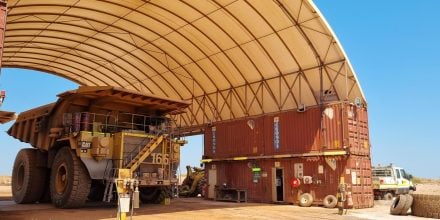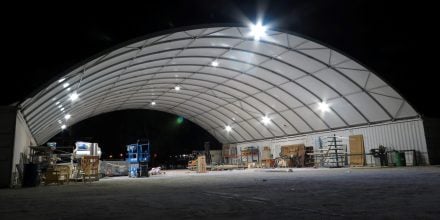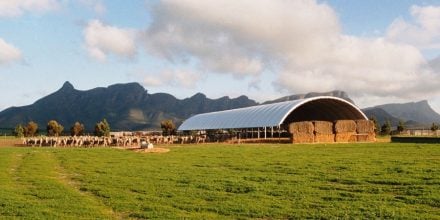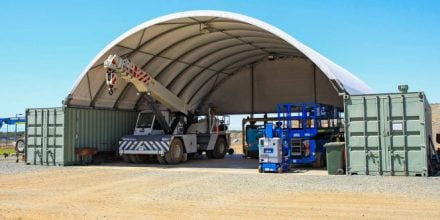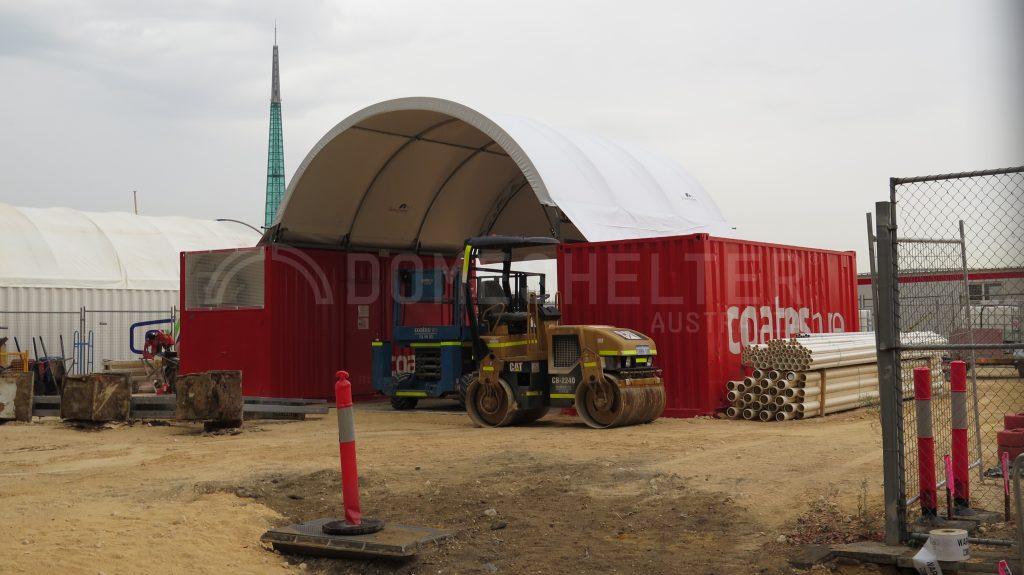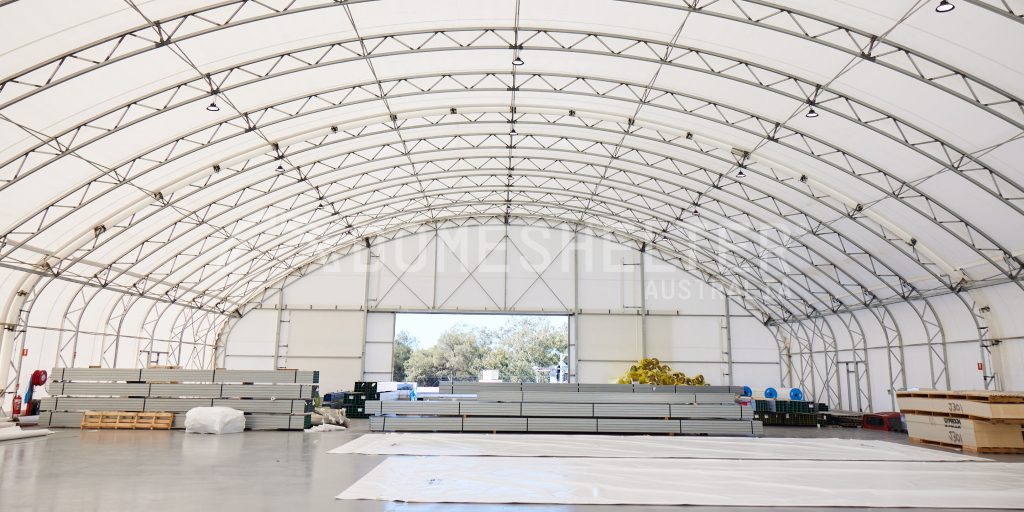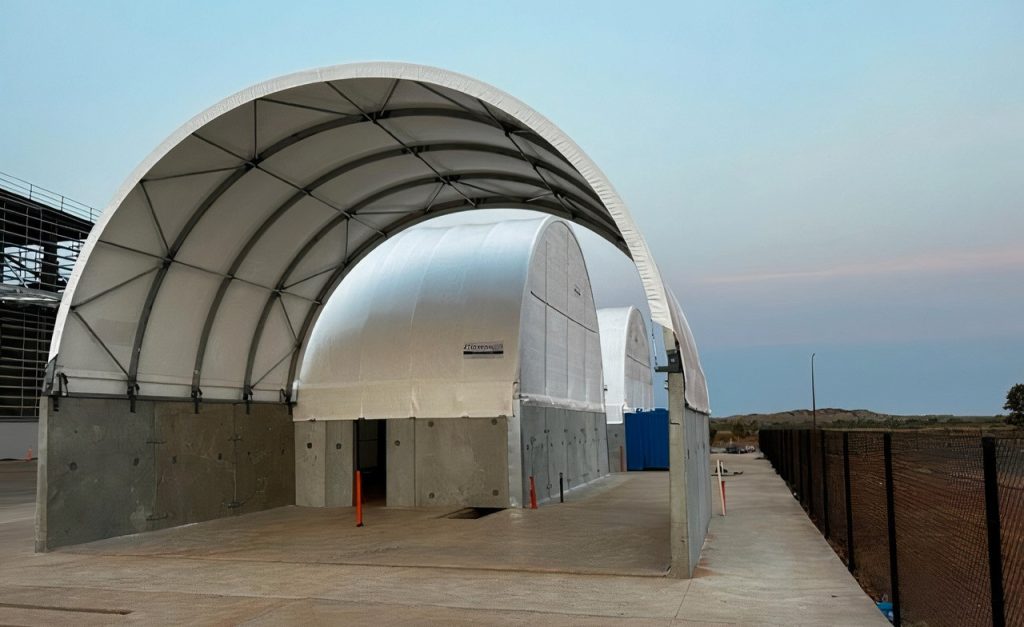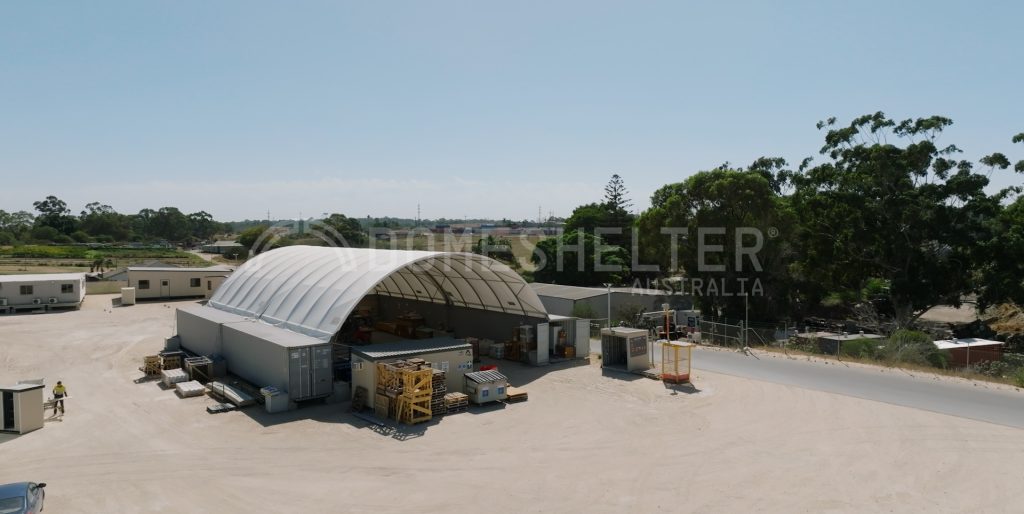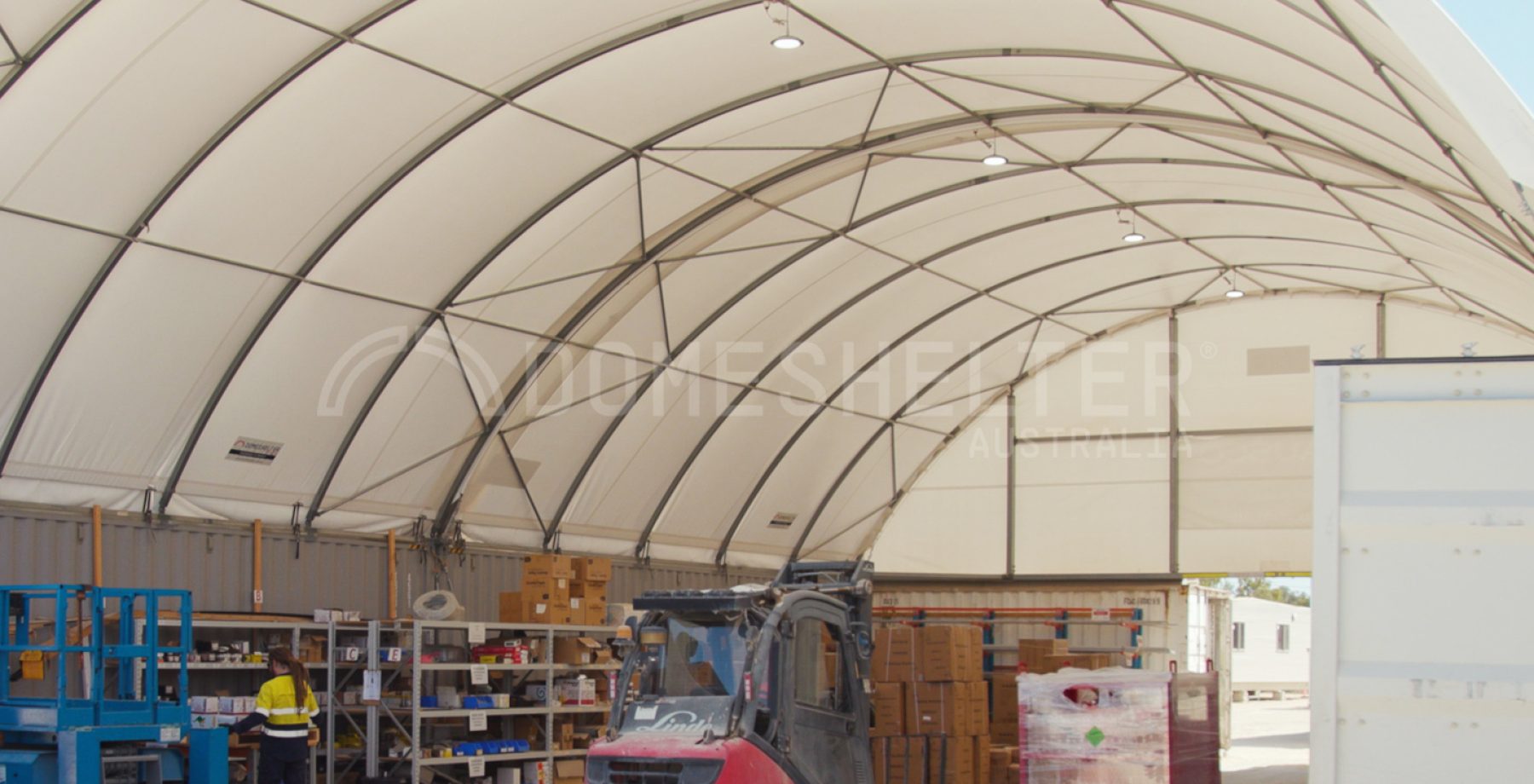
Shelter is integral to the success and safety of all kinds of industrial operations. When it comes to selecting the right industrial shelter, several crucial factors need to be considered. Making the wrong choice can lead to unnecessary costs, operational disruptions, and even safety risks.
In this comprehensive guide, we will explore the top five factors that should be at the forefront of your decision-making process. By the end, you’ll be better equipped to make an informed choice that ensures your shelter not only meets your immediate needs but also sets the stage for long-term success.
1. Environmental Factors
The primary consideration to make relating to on-site Structures and the environment is the weather conditions typically experienced in your area. Selecting a Structure or Shelter that can sufficiently withstand all expected elements is a necessity, to ensure it will fulfil its intended purpose and stand the test of time. A Shelter that is not properly waterproofed, not UV-resistant, or lacking in some other form of key weather-proofing, could prove costly down the line, due to operational delays, equipment damage, safety risks, and the list goes on.
Geographic location should also be considered when investing in a Shelter Solution, to ensure it is appropriate for your particular area. In regards to building standards, such as the Australian Standards, factors such as Wind Region and Terrain Category are influenced by geographical location. These are critical for ensuring any Structure is built to last, as well as ensuring it is compliant for health & safety purposes.
Depending on your worksite requirements, a solution that responds to environmental needs may also be ideal. Certain Shelter options may allow you to minimise ground disturbance and building waste, or be reusable across sites to optimise return on investment as well as environmental stewardship.
2. Structural Integrity
As with any capital investment, it’s key to ensure that any Shelter you choose for your industrial worksites meets a sufficient quality standard. The materials used will directly influence the durability and trustworthiness of the Shelter, and ensure it is able to withstand the elements year-round.
A solution that adheres to relevant engineering standards will also provide better peace-of-mind throughout on-site operations. Insufficiently engineered Structures are at risk of failure, which could damage assets or cause serious injury to staff members. Prioritising safety is paramount for industrial worksites; a cheaper, inferiorly manufactured Shelter Solution that allows for small upfront savings may prove considerably more costly in the long run.
3. Cost-Effectiveness
Making an industrial shelter investment involves making an informed decision that properly compares and contrasts initial cost and long-term value. Quality shouldn’t be compromised for the sake of budget constraints if there is a risk of jeapordised safety, costly repairs or even replacements in the near future.
Considering the total cost of ownership over time is essential. A Shelter option that costs less upfront may seem desirable in the short term, but a durable, longer-lasting solution could offer far superior return on investment, with reduced maintenance requirements and the opportunity for prolonged lifespan across a range of evolving uses or even across different worksites. Evaluating the cost versus benefits allows you to make a choice that aligns with both your immediate financial considerations and the long-term value of the shelter.
4. Operational Efficiency
Shelter design significantly influences operational efficiency. Optimal workflow functionality ensures that a Shelter or Structure enhances, rather than hinders, daily processes. Maximising usable area through efficient space utilisation is critical for storage and operational needs. Compliance with regulatory requirements and safety standards is non-negotiable, providing a secure and legally compliant working environment for industrial operations.
Thoughtful shelter design that takes into account existing on-site processes and conditions will facilitate seamless integration, contributing to smooth workflow and minimised disruption and downtime. A supplier with a sufficiently detailed consultation and design process will be able to ensure the industrial Shelter provided is optimised for your worksite needs, and will ultimately help you to fulfil your needs and optimise your operational efficiency. The option for customisations such as doors, ventilation systems, and internal fit outs impacts how efficiently tasks can be carried out within the Shelter. Smart design choices can minimise the time and effort required for routine operations, promoting overall productivity.
5. Adaptability and Portability
The adaptability of your industrial shelter to changing needs is crucial for long-term success. Planning ahead, for future expansion or changing onsite requirements, requires flexibility in design and functionality. Certain Shelter options may be easier to adapt and customise than others, making them an attractive choice for industrial worksites that are constantly expanding and developing; for example, a modular Shelter that can be extended or added to in the future makes for smoother site upgrades and better return on investment.
In addition to adaptability, the portability of Shelters is a key consideration. Shelters that are able to be moved without considerable effort provide flexibility to respond to changing project locations or requirements. A Shelter choice that promises ease of assembly not only facilitates quick deployment, but also minimises downtime during construction or relocation. This ensures that your industrial operation can remain agile and responsive to evolving needs, ultimately contributing to sustained efficiency and success.
Making Informed Industrial Shelter Decisions
In the dynamic world of industrial operations, selecting the right shelter can make all the difference. From the harsh challenges of weather conditions to ensuring structural integrity and cost-effectiveness, the top five factors we’ve explored are pivotal in guiding your decision. Remember that your choice impacts not only your immediate requirements but also long-term value, efficiency, and adaptability.
Whether you are safeguarding equipment, providing a workspace, or storing vital materials, making an informed selection ensures that your industrial shelter becomes an asset, not a liability. Get in touch with the DomeShelter Australia team today, or try our free 3D Design tool, to learn more about how our Solutions could solve your industrial worksite needs.




